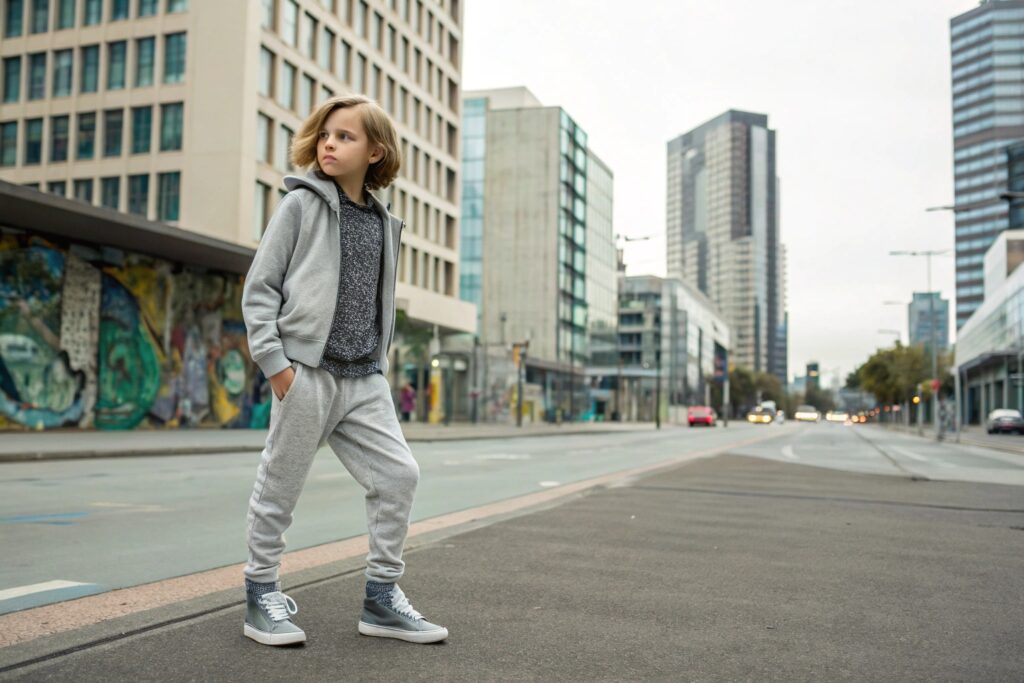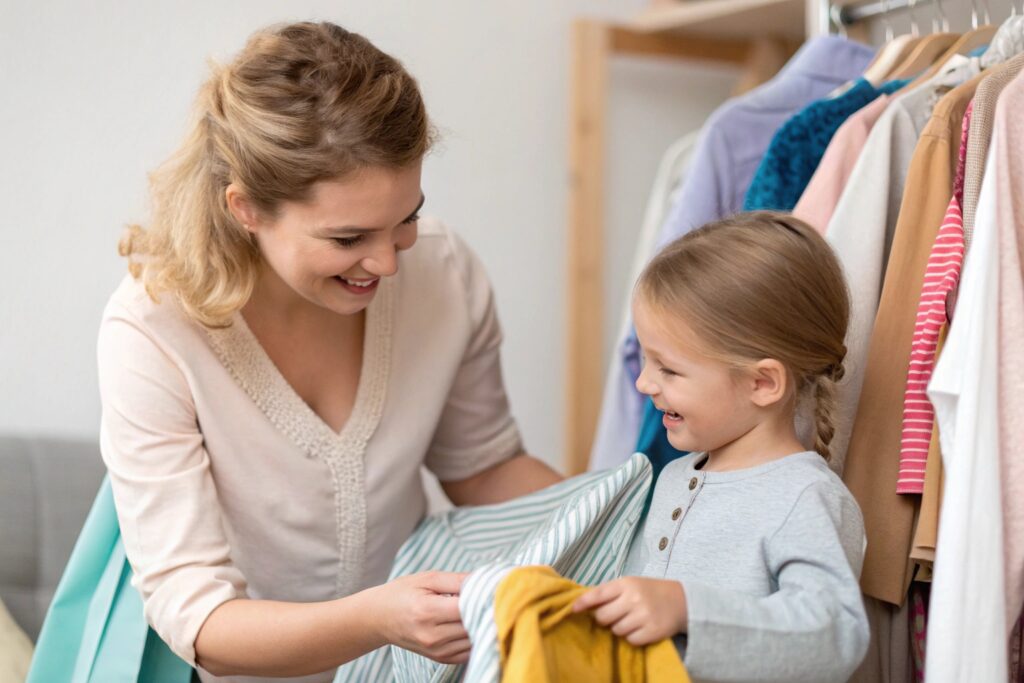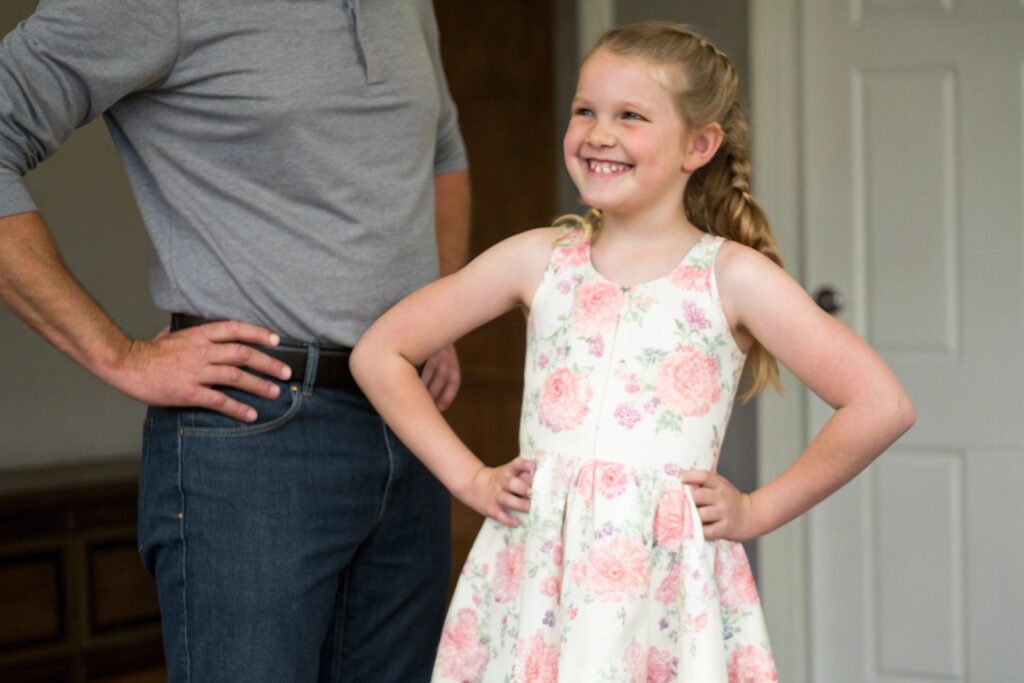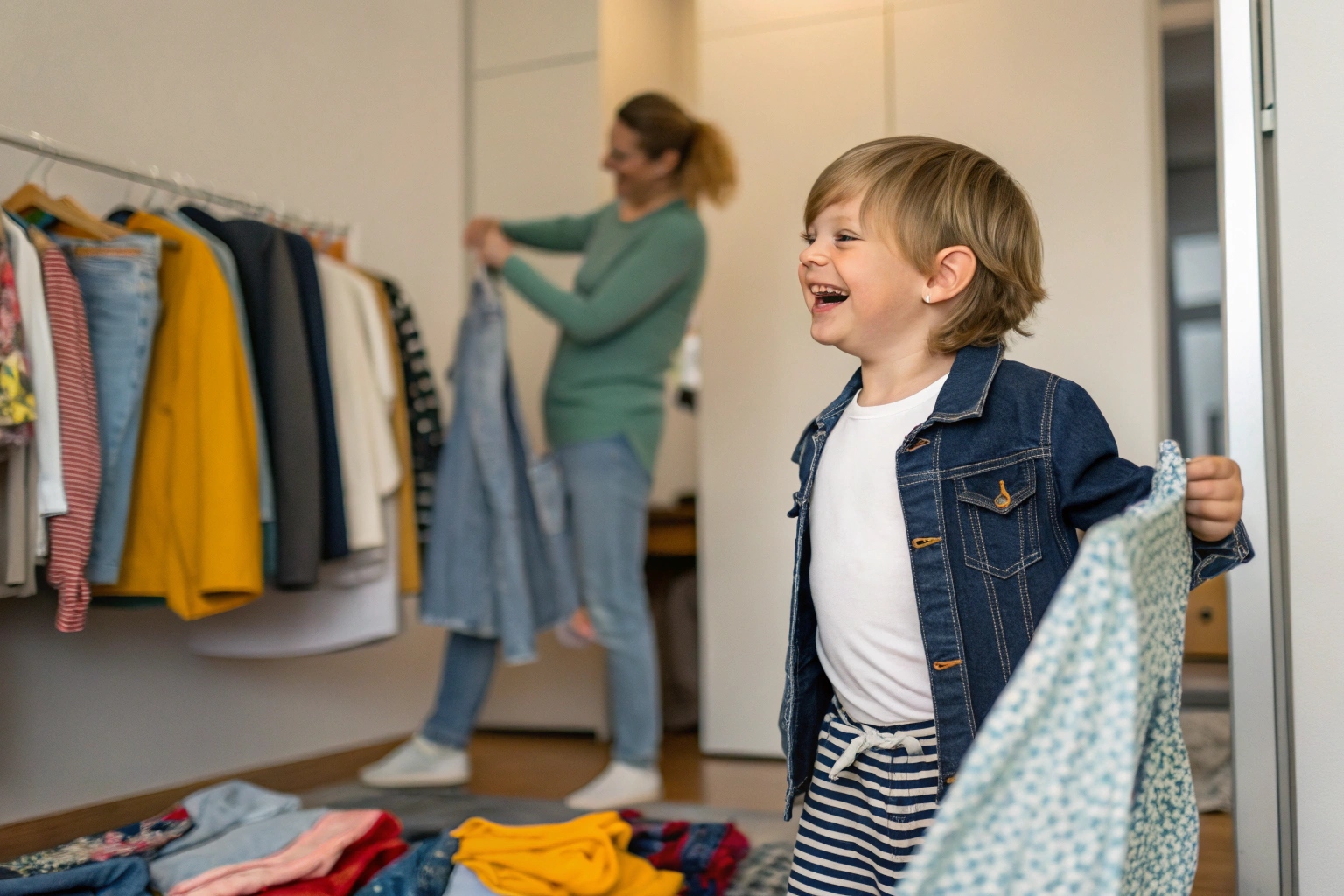As children grow, they start expressing themselves through fashion. But how much freedom should they really have when it comes to clothing?
Kids do not have an unlimited right to wear anything they want. While self-expression is important, clothing choices are often guided by parents, school rules, safety concerns, and cultural norms.
This article explores how much freedom kids should have, the balance between rights and responsibilities, and how parents can support healthy decision-making around clothing.
Can Kids Wear Whatever They Want?
Most kids want some say in what they wear—but is total freedom realistic?
No, kids can’t wear absolutely anything they want. Their choices are shaped by age, setting, and family values. That said, giving children a voice in what they wear can support confidence and creativity.

Factors that limit what kids can wear:
| Factor | Example |
|---|---|
| School Rules | No offensive graphics, modesty requirements |
| Weather & Safety | No sandals in snow, sun protection needed |
| Cultural Norms | Clothing may reflect family or regional standards |
| Parental Guidance | Parents often set rules on appropriateness |
Why allow kids some clothing freedom?
- Helps build independence and identity
- Encourages decision-making skills
- Reduces daily power struggles
A common compromise: Parents approve options, and kids choose from them. This balance supports autonomy without removing structure.
Do We Have the Right to Wear What We Want?
This isn’t just a kid issue—it affects everyone. So do people really have a right to dress however they please?
In most democratic societies, people have the right to express themselves through clothing—within reason. This freedom may be limited by public decency laws, safety policies, and institutional dress codes.

Where clothing freedom is protected:
| Context | Limits or Rights |
|---|---|
| Public spaces | Generally open expression |
| Schools & workplaces | Subject to uniform or dress code |
| Religious attire | Often legally protected in many countries |
| Political clothing | Protected under free speech (in some countries) |
Why it matters for kids:
- Teaches them about boundaries and expression
- Prepares them for social settings with rules
- Encourages respect for other people’s standards
In short, the right to wear what you want exists—but it’s always balanced by context and community expectations.
Can Parents Tell Their Kids What to Wear?
At what point should kids make their own choices, and when should parents step in?
Yes, parents can and often should guide what their children wear. Clothing affects safety, hygiene, and social interaction, making it an important area for parental involvement—especially at younger ages.

Common reasons parents guide clothing choices:
- Age appropriateness – Some styles are better suited to teens or adults.
- Cultural or religious values – Families may uphold modesty or tradition.
- Weather conditions – Ensuring safety and comfort.
- School or event rules – Preventing violations or embarrassment.
| Age Group | Recommended Level of Autonomy |
|---|---|
| 2–5 yrs | Parents choose most outfits |
| 6–9 yrs | Guided choices with options |
| 10–13 yrs | Shared decisions, light supervision |
| 14+ yrs | Mostly independent, with advice |
How to avoid clothing conflicts:
- Offer limited choices (“This or that?”)
- Set clear rules ahead of time
- Discuss the reason behind restrictions
Clothing is one of the first ways kids express themselves. Supporting that expression—within limits—builds trust and self-awareness.
Should I Let My Daughter Wear Whatever She Wants?
Parents of daughters often face extra scrutiny over clothing choices. But how much control is too much?
No, you don’t have to let your daughter wear anything she wants—but giving her input shows respect and builds confidence. Focus on open dialogue, not control.

Concerns parents may have:
- Modesty and public perception
- Peer pressure or trends
- Exposure to adult-style fashion too early
- Safety (e.g., walking alone at night)
Balancing freedom and guidance:
| Strategy | Why It Works |
|---|---|
| Talk about values | Helps her understand your reasoning |
| Choose your battles | Focus on what really matters |
| Set boundaries, not rules | Encourages independence with trust |
| Stay open to trends | Makes her feel respected |
Letting her express herself through clothes doesn’t mean giving up parental responsibility. Instead, it’s a chance to build mutual respect and emotional intelligence.
Conclusion
Kids don’t have total freedom to wear anything they want—but they do benefit from having a say in their outfits. Parents, schools, and society help set the boundaries, but inside those limits, kids can safely explore style, identity, and independence through clothing.










